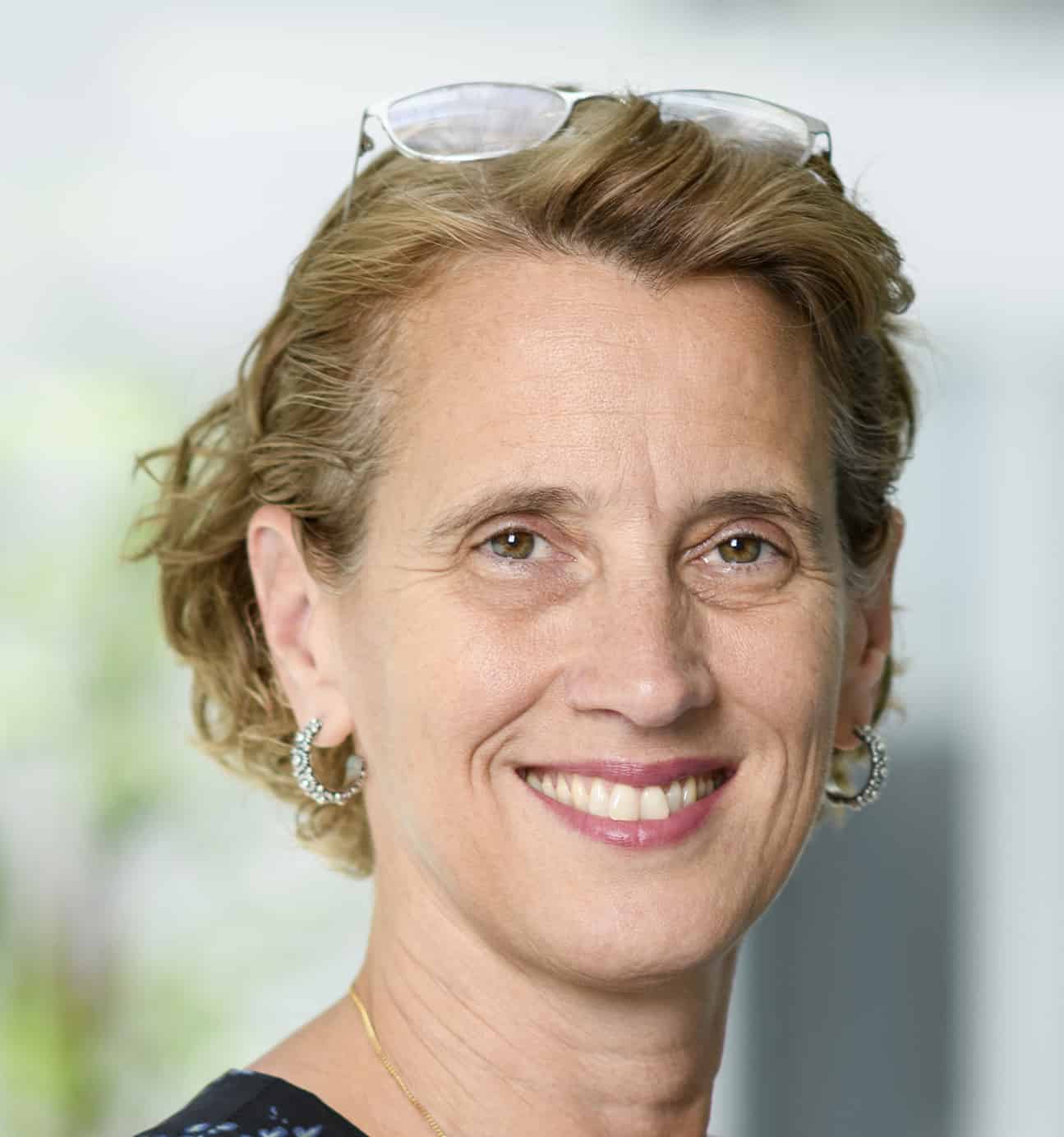Greta Bull, chief executive of Consultative Group to Assist the Poor and a World Bank director, speaks of the reality of microfinance today.

Global Finance: How does your group promote microfinance in Africa?
Greta Bull: CGAP is focused on developing inclusive financial services like payments, savings, and credit or insurance that reach the poor in Africa and other emerging markets. We believe that suitable and responsible financial services should be made available to low-income people in ways that are both affordable and sustainable. This is because poor people want to improve their lives, want economic opportunities and some level of economic security.
GF: Do you think microfinance is relevant following the explosion of digital lending?
Bull: Absolutely. Let’s remember that microfinance is not just about credit. Many microfinance providers (MFPs) offer important savings and insurance products in addition to credit products. In the credit space, there is a big difference between the products of MFPs and digital credit providers. Digital credit is easy to get but is short term and very expensive. It is not necessarily an appropriate tool for building and maintaining a business. Microfinance can improve efficiency considerably by adopting some of the data-driven underwriting and digital delivery that make digital credit possible, but their more engaged relationships with their clients are important, too.
GF: What should MFPs do to ensure their model remains relevant and attractive?
Bull: There is no doubt in my mind that the microfinance industry needs to adapt to the challenges of digital. Digital credit is only the tip of the iceberg, and new business models from a broad range of technology-enabled providers will inevitably challenge the microfinance business model. Digital banks like Tyme in South Africa will create serious competition for MFPs if they do not embrace what technology can do for them. They need to do this in a deep and meaningful way, rather than experimenting around the edges while keeping the core of their business models intact.
GF: What are the threats and challenges facing microfinance now?
Bull: The biggest and most obvious in the near term is the Covid-19 crisis. This is putting strain on all lenders and, given the indeterminate duration of the crisis, will continue to do so until the virus is brought under control. Beyond that, the big challenge is dealing with digital challengers, which may not come in the form of a traditional financial institution. Technology is enabling a modularization of the financial services value chain, with challengers picking off parts of what has traditionally been done by banks and offering only that service, at scale and at a reasonable price. MFPs will have to find a way to compete with digitally native challengers.
GF: What role can regulators play in promoting MFPs?
Bull: In the near term, there is a lot that policymakers can do to help MFPs to get through the Covid-19 crisis. As we move beyond immediate crisis response, I think the regulation of microfinance deserves a fresh look. There was a big push to regulate MFPs in the late 1990s and early 2000s, which drove a wave of transformations over the following decade. I think the experience with that has been mixed. Although there is little doubt it helped attract investment to the sector, it has created a cul-de-sac for MFPs as a regulated category, creating compliance costs without meaningful prudential oversight. I would prefer to see flexible regulatory frameworks that enable providers to achieve incremental licensing approvals based on the services they provide—preferably on a regulatory spectrum that can eventually lead to becoming a fully licensed bank.
GF: Microfinance was pitched as the ultimate solution for the unbanked. Is it?
Bull: I think what we have learned over the years is that there are no silver bullets. Responsibly serving low-income communities with financial services is hard, and building a solid business case requires strong technical know-how, excellent market knowledge and committed investors with deep pockets. In some of the more volatile markets, it has also involved a fair amount of luck, which can sometimes be in short supply in Africa. There is still a lot of work to do.
GF: Microfinance institutions borrow to on-lend. Has this contributed to high interest rates?
Bull: I don’t think that relatively high interest rates in microfinance can be attributed to borrowing from development organizations. Interest rates are driven by a number of factors, including the cost of funds, the unit cost of delivering a loan and a risk premium to account for possible defaults of borrowers. All of these factors are elevated for MFPs. As they get larger and start taking deposits, and as markets get more competitive, the cost to borrowers comes down.



